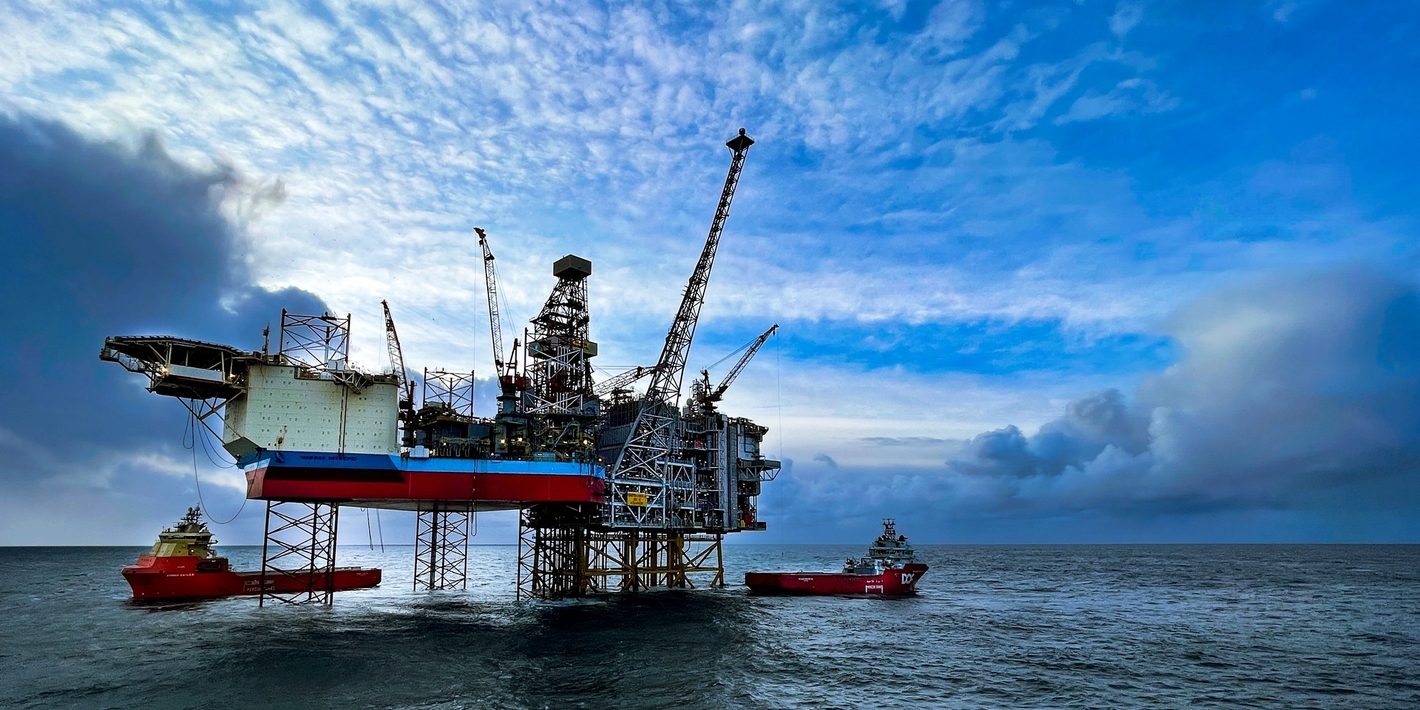The Martin Linge field in the North Sea is an oil and gas discovery made in 1978, previously called Hild. The field is located 42 kilometres west of Oseberg, at a water depth of 115 metres. Equinor became the operator of the Martin Linge field in March 2018, and the field came on stream on 30 June 2021.
The field development concept encompasses an integrated wellhead, production and quarters platform atop a steel jacket, along with a permanently anchored oil storage vessel. The gas flows through a new pipeline that links the field to an existing pipeline to St. Fergus in Scotland. Following processing on the storage vessel (FSO), shuttle tankers transport the oil from the field.
Power from shore
The Martin Linge platform is supplied with power from shore through the world’s longest alternating current cable – 162 kilometres. The power cable originates from Kollsnes in Hordaland county.
Using power from shore means that CO2 emissions are reduced by 200,000 tonnes each year – equivalent to the emissions from 100,000 automobiles. The field will also be operated from shore, and will have limited offshore manning.
The power from shore solution was connected in December 2018.
About the reservoir
The main reservoir has a complex structure and contains gas and condensate under high pressure and high temperature (HPHT). There are three reservoirs in sandstone from the Middle Jurassic in the Brent Group, situated at a depth of 3,700-4,400 metres. There is also oil in the Frigg Formation from the Eocene. The reservoir is located at a depth of 1,750 metres and is of good quality.
The Plan for Development and Operation of Martin Linge (previously called Hild) was submitted to the authorities in January 2012 and approved by the Norwegian Parliament (the Storting) in June of the same year. Production from Martin Linge started on 30 June 2021.
Equinor is the largest owner in Martin Linge with 51%, Petoro has 30% and Sval Energi AS has 19%.
Operator: Equinor Energy AS
Location: 42 kilometres west of Oseberg
Start-up: 30 June 2021
Production: Oil and gas
